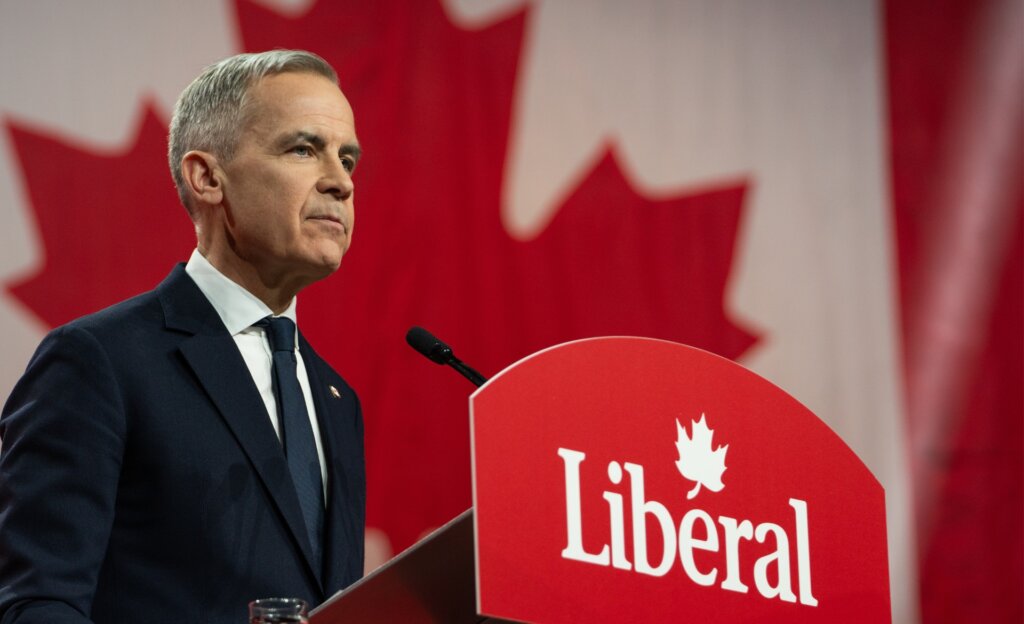Canada is ready to step up
If the United States no longer wants to lead, Canada will.

It’s time to build together. Because we are strong – Canada strong.
If the United States no longer wants to lead, Canada will.
I’ve led people through crises my entire career. Now, in the biggest crisis of our lifetimes, I’m ready to lead Canada.
Ran into a great Canadian at the rink the other day.
We can't control President Trump, but we can help you weather the storm. That starts with cutting taxes for the middle class.
It’s time your government got back in the business of building affordable homes.
President Trump wants to break us, so America can own us. That will never happen.